By Heather Ippolito, VP for Family Engagement
Earlier this month we introduced the PTA National Standards for Family-School Partnerships on the blog. You can view that article by clicking here. Today we are going to dig a little deeper into the first standard:
Welcoming All Families Into the School Community
As your local unit begins to think about your back to school events consider these five tips for being as inclusive as possible in welcoming ALL families:
- On forms and paperwork remember to be inclusive in your language. Instead of asking for names of “moms and dads” you can ask for names of parents, caregivers, or guardians. Asking parents for their preferred pronouns is also a great idea!
- Create a “Welcome Packet” for new families. Include coupons for local businesses, maps of the community, a copy of the school newsletter, how to find the school and PTA on social media, and a list of ways parents can get involved at your school including but not limited to:
- School Site Council (SSC),
- English Learner Advisory Committee (ELAC),
- Parent Teacher Association (PTA),
- Parent Advisory Council (PAC) and other school or district committees.
- Don’t forget to include a way to join your PTA! Every time a new family enrolls the school office staff can give them the welcome packet.
- PTA volunteers call new families to personally invite them to the back-to-school events, offering to help them find transportation if they need it.
- Survey families (in their home language if possible) to see what kinds of programs they are interested in and what kinds of support they need from the school.

We want to hear from you! What activities have you done to welcome families? Share them with us and we might feature them here on the blog or on our social media channels– simply fill out this quick form and let us know what you’ve done to welcome schools to your campus.
To return to the blog homepage, click here.

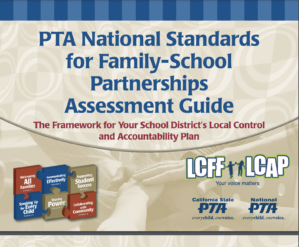

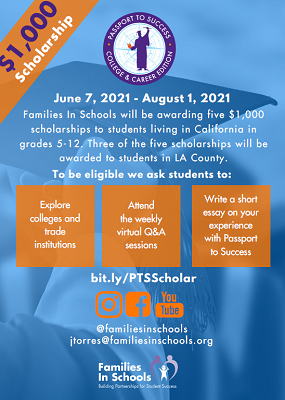
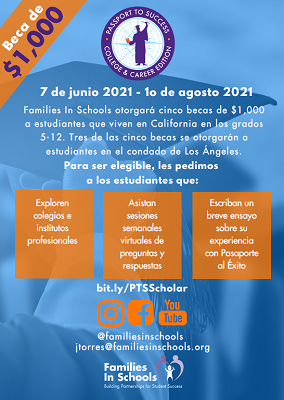
 We all want all families to feel welcome at our schools.
We all want all families to feel welcome at our schools.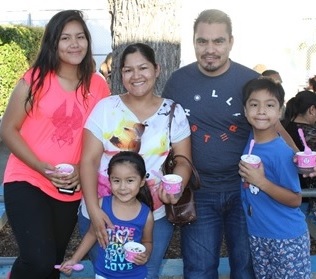 As PTA members, we know how important family engagement is for student and school success.
As PTA members, we know how important family engagement is for student and school success. 
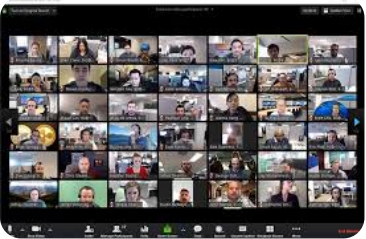 Recognizing the need for a whole new way to create engagement and community, the PTA in San Francisco started “4-1-1 Wednesday” virtual gatherings for all San Francisco families. They could join by phone or computer. Topics centered on how to support families and parent groups: fundraising brainstorming, mental health and wellness strategies, and tips on creating an inclusive community. 4-1-1 Wednesdays also feature Town Halls with the District Superintendent and Department of Public Health.
Recognizing the need for a whole new way to create engagement and community, the PTA in San Francisco started “4-1-1 Wednesday” virtual gatherings for all San Francisco families. They could join by phone or computer. Topics centered on how to support families and parent groups: fundraising brainstorming, mental health and wellness strategies, and tips on creating an inclusive community. 4-1-1 Wednesdays also feature Town Halls with the District Superintendent and Department of Public Health. Family Engagement is at the heart of what we do in PTA — but do you feel like you are running out of ideas for good programming? The Family Engagement Commission is hosting a workshop that will help you with just that at our 122nd Annual Convention. This is a great chance to hear about great practices from across the state and to share what you have done at your school with others.
Family Engagement is at the heart of what we do in PTA — but do you feel like you are running out of ideas for good programming? The Family Engagement Commission is hosting a workshop that will help you with just that at our 122nd Annual Convention. This is a great chance to hear about great practices from across the state and to share what you have done at your school with others.